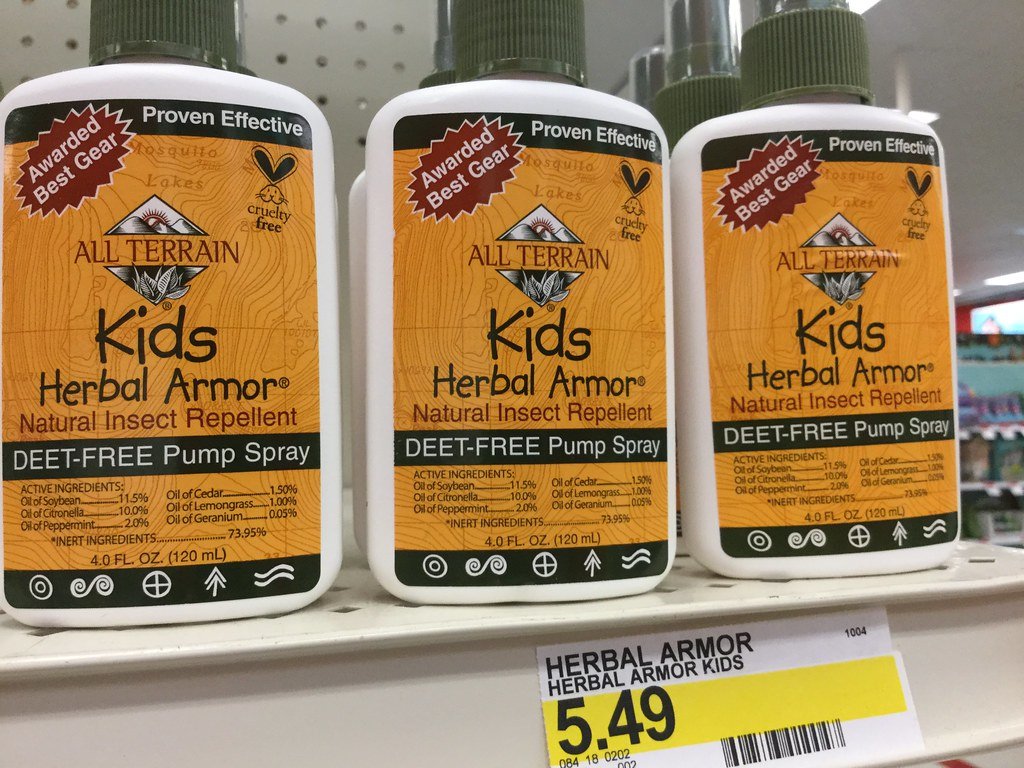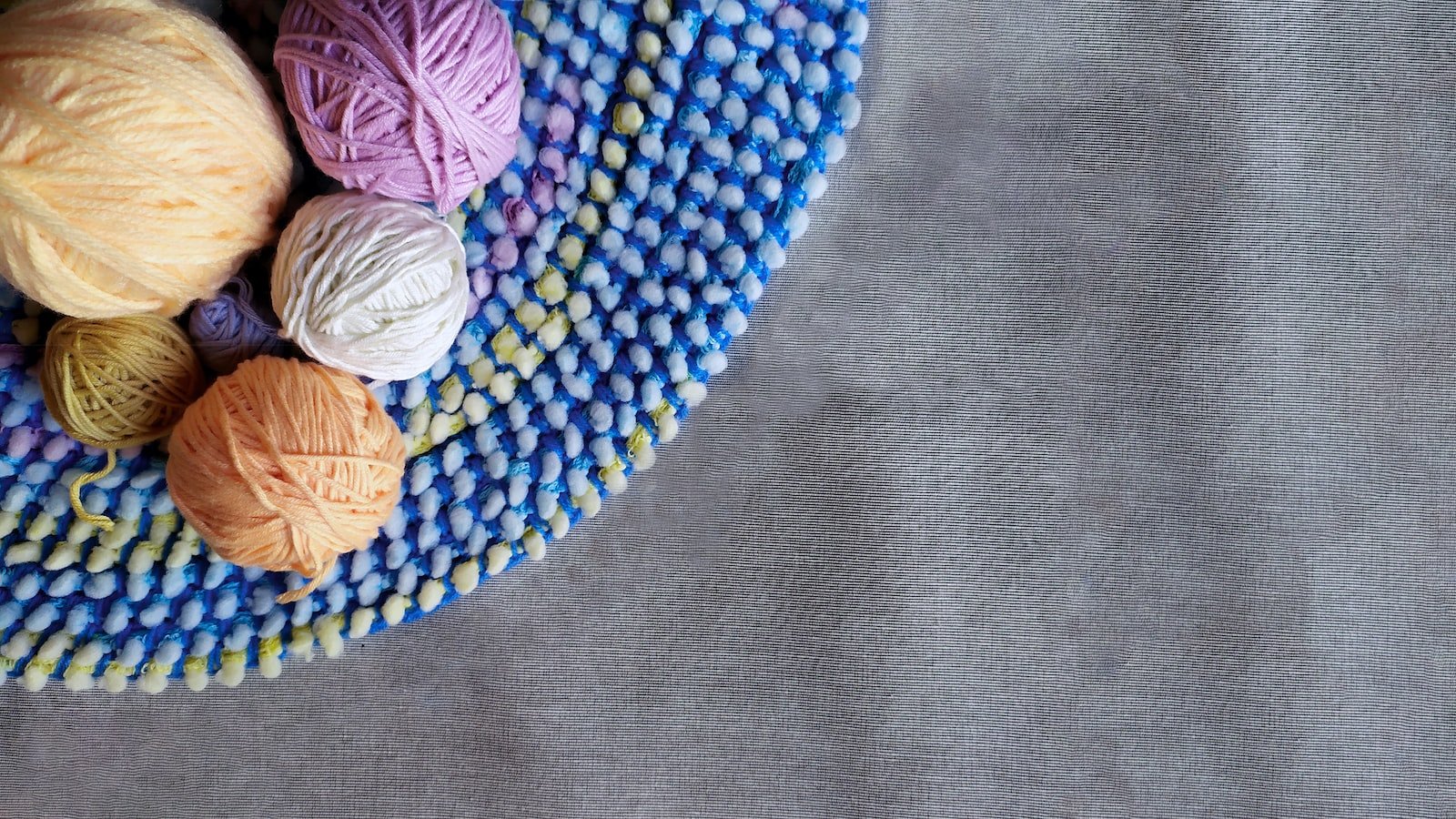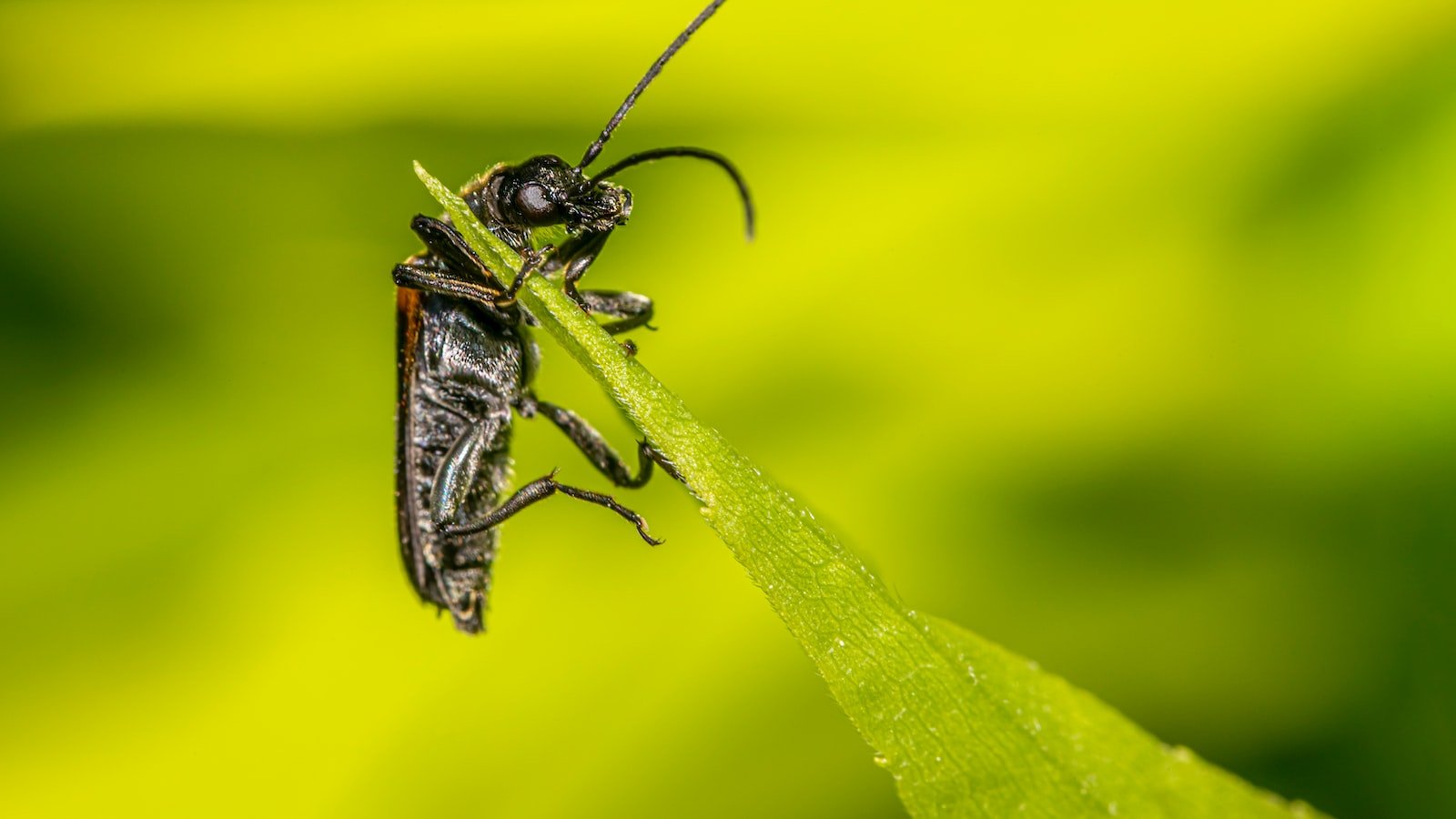Picture this: It’s a serene summer evening, and you and your little ones are excitedly preparing for an outdoor adventure. As the sun begins to set and the stars start to twinkle, a whole new world unfolds – one filled with buzzing mosquitoes, relentless flies, and pesky critters eager to make your family their next feast. But fear not, intrepid moms! In this guide, we’ll unveil the secret recipe to creating your very own natural insect repellent, offering you a safe and effective shield against nature’s tiny annoyances. So, grab your apron and essential oils, because it’s time to craft a protective potion that will keep those buzzing pests at bay all summer long.
Table of Contents
- Choosing the Right Ingredients: Effective and Safe Natural Repellent Options
- Easy-to-Make DIY Recipes for Natural Insect Repellents
- Tips for Proper Application: Ensuring Maximum Protection
- Understanding and Avoiding Potential Side Effects of Natural Insect Repellents
- Additional Precautions: Creating a Bug-Free Environment for Your Family
- Q&A
- Future Outlook

Choosing the Right Ingredients: Effective and Safe Natural Repellent Options
When it comes to choosing a natural repellent, not all ingredients are created equal. It’s important to select options that are effective in keeping pests away while being safe for you and the environment. Here are some key ingredients to look for:
- Eucalyptus Oil: Known for its powerful insect-repelling properties, eucalyptus oil can deter mosquitoes, flies, and ticks effectively. Its pleasant aroma makes it a popular choice for outdoor activities.
- Lemon Eucalyptus Oil: Derived from the leaves of the lemon eucalyptus tree, this oil contains a compound called PMD, which has been proven to be highly effective at repelling mosquitoes. It is a natural alternative to synthetic chemicals like DEET.
- Citronella: A classic ingredient in many natural repellents, citronella oil is obtained from plants like citronella grass. It emits a strong scent that mosquitoes find unpleasant, keeping them at bay without harming humans or the environment.
Remember to always read the labels carefully to ensure the repellent you choose contains these natural ingredients in adequate amounts. Additionally, consider your specific needs and preferences when selecting a repellent, as some may be more suitable for camping, while others are better for everyday use. With the right ingredients, you can enjoy the great outdoors without the annoyance of pesky pests.

Easy-to-Make DIY Recipes for Natural Insect Repellents
Gone are the days of relying on chemical-based insect repellents that come with a strong smell and potential health risks. Nature has gifted us with countless ingredients that effectively keep those pesky bugs at bay. Below, we have compiled a list of simple and natural DIY recipes that you can make at home to ward off insects while still enjoying the great outdoors:
Lemon and Eucalyptus Spray
Create a powerful insect repellent by combining the refreshing scent of lemon with the aromatic eucalyptus leaves. In a spray bottle, mix 2 cups of water, 10 drops of lemon essential oil, and 10 drops of eucalyptus essential oil. Shake well before use and spray generously on your skin and clothing before heading outside.
Lavender and Witch Hazel Lotion
If you prefer a soothing and gentle repellent, this recipe is perfect for you. In a bowl, mix 2 tablespoons of witch hazel with 1 tablespoon of aloe vera gel and 15 drops of lavender essential oil. Stir well until the ingredients are blended smoothly. Apply the lotion to exposed areas of your skin for an effective insect repellent that also leaves you smelling wonderful.
Citronella Candle
Keep those pesky mosquitoes away with a DIY citronella candle. Simply melt a cup of soy wax in a double boiler, then add 20 drops of citronella essential oil. Stir thoroughly and pour the mixture into a heat-resistant container with a wick pre-attached. Let it cool and solidify before lighting up your natural insect repellent candle for a bug-free outdoor experience.
With these easy-to-make DIY recipes, you can now embrace the outdoors without the nuisance of insects. Enjoy the benefits of natural ingredients while keeping bugs at bay!

Tips for Proper Application: Ensuring Maximum Protection
When it comes to applying products for maximum protection, it’s important to pay attention to the little details. Here are a few tips and tricks to ensure your application is done right, providing you with the utmost protection:
- Choose the right product: Different products offer different levels and types of protection. Make sure to select the one that fits your needs and matches the intended use.
- Read and follow instructions: Each product comes with specific instructions tailored for its proper application. Take the time to read and understand them thoroughly before you begin.
- Clean and dry: Before applying any protective product, ensure the surface is clean and dry. This ensures better adhesion and prevents any dirt or moisture from being trapped underneath.
- Apply in a well-ventilated area: Whenever possible, apply the product in an open or ventilated space. This helps to minimize any potential inhalation of fumes and allows for better drying.
- Use protective gear: Depending on the product, it may be prudent to wear gloves, goggles, or a mask for added personal protection. Follow the recommended safety precautions mentioned on the label.
- Apply evenly and consistently: Whether it’s a spray, cream, or coating, ensure an even and consistent application. This helps to avoid uneven coverage and ensures maximum effectiveness.
- Allow ample drying or curing time: Patience is key when it comes to achieving maximum protection. Follow the specified drying or curing time to ensure the product has fully bonded and formed a protective layer.
- Maintain and reapply as needed: Regular maintenance and reapplication of the product are crucial for long-term protection. Keep an eye out for signs of wear and tear, and promptly reapply according to the manufacturer’s instructions.
By following these tips, you can ensure that your protective application is done right, maximizing the effectiveness and longevity of the product. Remember, a little extra effort during the application process goes a long way in providing you with the ultimate protection you deserve.
Understanding and Avoiding Potential Side Effects of Natural Insect Repellents
When it comes to protecting ourselves from pesky insects, many of us turn to natural insect repellents as a safer alternative to chemical-based products. However, it’s important to understand that even natural repellents can have potential side effects, albeit milder ones. By being informed and taking a few precautions, you can minimize any discomfort and fully enjoy the benefits of these natural solutions.
1. Skin Sensitivity: While natural insect repellents tend to be gentler on the skin, it’s still possible for certain individuals to experience skin sensitivity or irritation. To avoid this, it is recommended to perform a patch test before using any new product. Apply a small amount of the repellent on a small, inconspicuous area of your skin, and monitor it for 24 hours. If no adverse reactions occur, it should be safe to use on larger areas of the body.
2. Essential Oil Allergies: Natural insect repellents often utilize a combination of essential oils to ward off pests. Although rare, some individuals may have allergies or sensitivities to specific essential oils. Therefore, it’s important to carefully read the labels and ingredient lists of any natural repellents you consider using. If you have known allergies to certain oils, avoid products containing those ingredients to prevent potential allergic reactions.
3. Photosensitivity: Certain natural ingredients used in insect repellents can increase your skin’s sensitivity to sunlight, causing a higher risk of sunburn or skin discoloration. This is more common with citrus-based oils like lemon, lime, or bergamot. If you plan to use a natural repellent before prolonged sun exposure, consider using additional sunblock and wearing protective clothing to avoid any unwanted reactions.
Additional Precautions: Creating a Bug-Free Environment for Your Family
Creating a bug-free environment for your family is essential to ensure their health and safety. To help you achieve this, here are a few additional precautions that you can take:
- Seal any cracks: Bugs can find their way into your home through even the tiniest cracks and crevices. Take the time to inspect your walls, windows, doors, and foundation for any openings and seal them properly. This will help prevent bugs from entering your home and making it their cozy abode.
- Keep a clean kitchen: Bugs are drawn to food sources, especially in the kitchen. Regularly clean your kitchen countertops, sweep the floors, and keep your food stored in sealed containers. This will eliminate their food source and reduce the chances of a bug infestation.
- Eliminate standing water: Mosquitoes and other pests thrive in standing water. Make sure to remove any stagnant water sources around your property, such as bird baths, clogged gutters, or puddles. Ensuring proper drainage will help keep these pests away from your family.
- Maintain a tidy yard: Bugs often find shelter in unkempt yards with overgrown vegetation. Regularly trim shrubs, mow the lawn, and remove any debris to discourage pests from nesting and invading your surroundings.
By implementing these additional precautions, you can create a bug-free environment that promotes the well-being and comfort of your family. Remember, prevention is key, so stay vigilant and take action to protect your loved ones from unwanted pests.
Q&A
Q: Why should I make my own insect repellent?
A: Making your own insect repellent allows you to have control over the ingredients used, ensuring that you’re avoiding harmful chemicals found in some commercial products. Plus, it can be a fun and rewarding DIY project!
Q: What are the key ingredients for a natural insect repellent?
A: Some common ingredients for natural insect repellents include essential oils like citronella, lemongrass, and peppermint, as they have insect-repelling properties. Other ingredients such as witch hazel and apple cider vinegar also work well as base liquids.
Q: How effective are natural insect repellents compared to store-bought ones?
A: While natural insect repellents may need to be reapplied more frequently, they can be quite effective at keeping bugs at bay. The key is using the right combination of ingredients and understanding that their effectiveness can vary depending on the type and density of insects in your area.
Q: How do I make a basic DIY insect repellent at home?
A: Start by combining 10-15 drops of your chosen essential oil with 2 tablespoons of witch hazel or apple cider vinegar in a small spray bottle. Add water to fill the bottle and shake well before applying it to your skin or belongings.
Q: Can I use any essential oil for my homemade insect repellent?
A: While many essential oils have insect-repelling properties, some are more effective than others. Citronella, lemongrass, peppermint, and eucalyptus are a few examples of essential oils known for their effectiveness against bugs.
Q: Is it safe to use natural insect repellent on children?
A: Natural insect repellents can generally be safe for children, but it’s important to follow proper dilution guidelines for essential oils and choose oils that are generally considered safe for kids. It’s a good idea to do a patch test on a small area of their skin before applying it all over.
Q: How long does the homemade insect repellent remain effective?
A: The effectiveness of homemade insect repellent can vary. Generally, it lasts for a few hours before needing to be reapplied. The longevity depends on factors such as heat, humidity, and the intensity of insect activity in your surroundings.
Q: Are there any precautions I should take while using natural insect repellents?
A: It’s important to avoid spraying repellent near the eyes, mouth, or open wounds. Do not ingest the repellent or apply it to broken or irritated skin. Always read and follow the instructions or guidelines provided with the essential oils you are using.
Future Outlook
As we bid farewell to our exploration on how to make your very own natural insect repellent, we hope this guide has nurtured your inner creator and empowered you to take charge of repelling those pesky critters. As a mom, protecting your loved ones from the itch and annoyance of bugs buzzing around is crucial, and what better way to do it than with your very own concoction?
With a pinch of determination, a splash of natural ingredients, and a whole lot of love, you have now become a master mixologist in the realm of household solutions. No longer will you need to worry about those toxic chemicals lurking in store-bought repellents. Instead, you’ve unleashed the power of nature to shield your family, breathing a sigh of relief knowing that you’ve created a safer environment for everyone.
Natural insect repellents are not only a means to an end but a statement of your commitment to living harmoniously with nature. By embracing this alternative approach, you’re playing your part in preserving the delicate balance of our diverse ecosystem. The fragrance of citrus and the essence of herbs now waft through the air, replacing the pungent odors of harsh chemicals that have overstayed their welcome.
As you embark on this journey armed with newfound knowledge and a stunning blend of essential oils, remember that the beauty of homemade insect repellents lies in their versatility. Experiment with different fragrances, swap ingredients, let your imagination run wild. There’s no limit to what you can create, and through trial and error, you’ll find your signature formula that works wonders.
So, dear reader, as we conclude this enlightening adventure, we encourage you to share your newfound wisdom with fellow moms, friends, and family. Inspire others to embrace the simplicity and purity of homemade solutions, for together we can create a world where toxic chemicals are a thing of the past.
May your skin remain bite-free, your home become a sanctuary, and your journey as a mom continue to be filled with joyful moments, free from those pesky, buzzing interruptions. Keep exploring, keep concocting, and, most importantly, keep protecting your loved ones with your very own blend of natural insect repellent.
As an affiliate, my content may feature links to products I personally use and recommend. By taking action, like subscribing or making a purchase, you’ll be supporting my work and fueling my taco cravings at the same time. Win-win, right?
Want to read more? Check out our Affiliate Disclosure page.